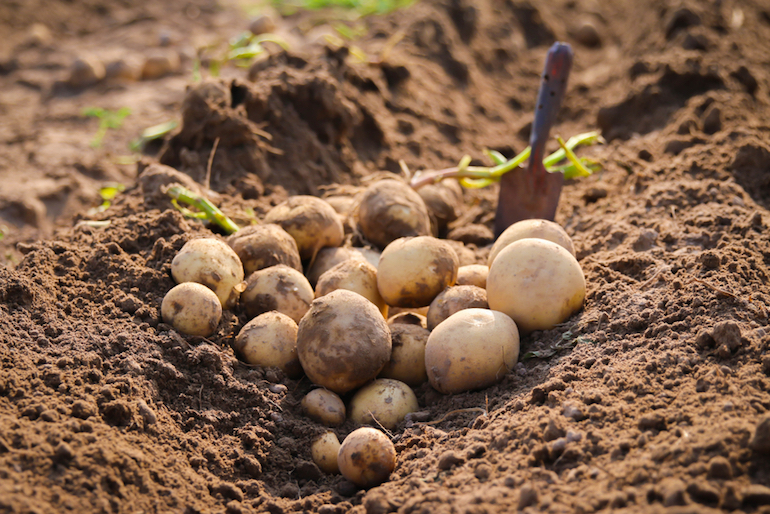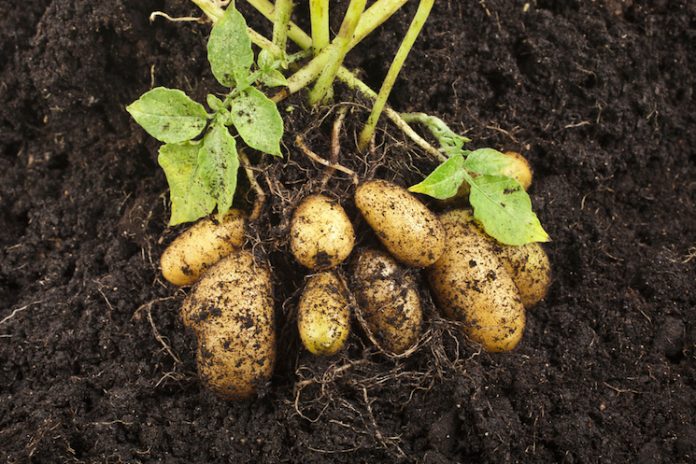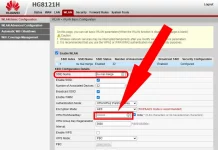Potatoes’scientific name is potatoes, “potato” is a generic term in some areas called potato, English as potato (which is plural potato potatoes), in France, potatoes are called “ground apple.” In this article, we read How to grow potato?
How to grow potato
Planting steps
Cover seed potatoes with a wet towel or wet paper towel for sprouting, and place at room temperature of 15℃~18℃ in a dark and ventilated area for sprouting. When the bud grows to 0.5~1 cm, keep the solid central bud and dry it in the sun for 2~3 days. After the buds turn green and thick, sowing.
It is also possible to sow directly without accelerating the germination.
When planting and sowing, add 15 cm of soil to the pot, sprinkle in organic fertilizer, mix with the ground evenly, place the potato sprouts up evenly (the whole potato is not cut), and cover the floor with 7~10 cm.
After watering and planting, spray permeable water, and place it in a sunny place to ensure that the temperature is between 7°C and 32°C.
Daily management to grow potato
Watering: moderate drought in the seedling stage, do not dry without watering, water in the flowering stage if it is slightly dry, proper water control in the potato stage;
light: as for the well-ventilated and sunny place;
temperature: the potato can grow normally at 7~32℃, the most The suitable growth temperature is 20~22℃, and it cannot be planted when it is lower than 2℃ or higher than 40℃;
fertilization: The microbial organic fertilizer has been mixed into the soil during planting. The earth itself also contains controlled-release fertilizer, so it is not necessary for the later stage. Fertilize.
Seedling Management: remove the branches and lateral branches at the seedling stage. If the plant grows wildly, you can pinch off the top buds;
flowering control: pinch off the flower buds when the flower buds grow;
Note: Potatoes are tuber crops, and tubers are a kind of metamorphosis of plant stems, which are swollen. Lumpy, hence the name. So potatoes are not roots or fruits, but stems. During the flower bud formation period of the plant, nutrients will supply the flowers to develop. The flower buds will be removed in time, which helps avoid nutrient consumption, promotes the concentrated supply of nutrients to tubers, and enhances yield.
So if you want to pursue yield, you should pinch off the buds in time. If you’re going to enjoy the flowers, you can also keep a few flowers. After all, potato flowers are pretty good-looking. Since potatoes are stems and not fruits, naturally, there is no need to pollinate flowers.
Mid-to-late management: about 30 to 40 days after planting, the roots can cultivated 2 to 3 times, and the base of the stems filled with soil, which conducive to the growth of stolons that can bear potatoes; the potato setting
period: about 2 to 3 from planting to harvest In September. When the stems and leaves appear withered and yellow, start harvesting. Take out the inner frame and pick the large potatoes while the small ones will continue to grow.

Common problem to grow potato
Why don’t potatoes or less?
Answer: The temperature during the potato setting period is too high. (above 32℃ to shade and cooldown) or too much nitrogen fertilizer applied.
How to avoid prolonged lodging? What should I do if I grow too long?
Answer: After accelerating the germination of seed potatoes. Please place them in the sun for 2 to 3 days before planting them. Cover soil more than 7 cm when sowing, and control water during the seedling stage.
The top bud can be pinched out.
Can I plant potatoes after harvesting potatoes?
Answer: The yield of continuous potato planting will decrease. After harvest, it recommends planting other root and tuber crops, such as sweet potatoes and peanuts.
Please note that potatoes are not suitable for rotation with tomatoes, peppers, and eggplants.
Also read: How to bleed radiators







